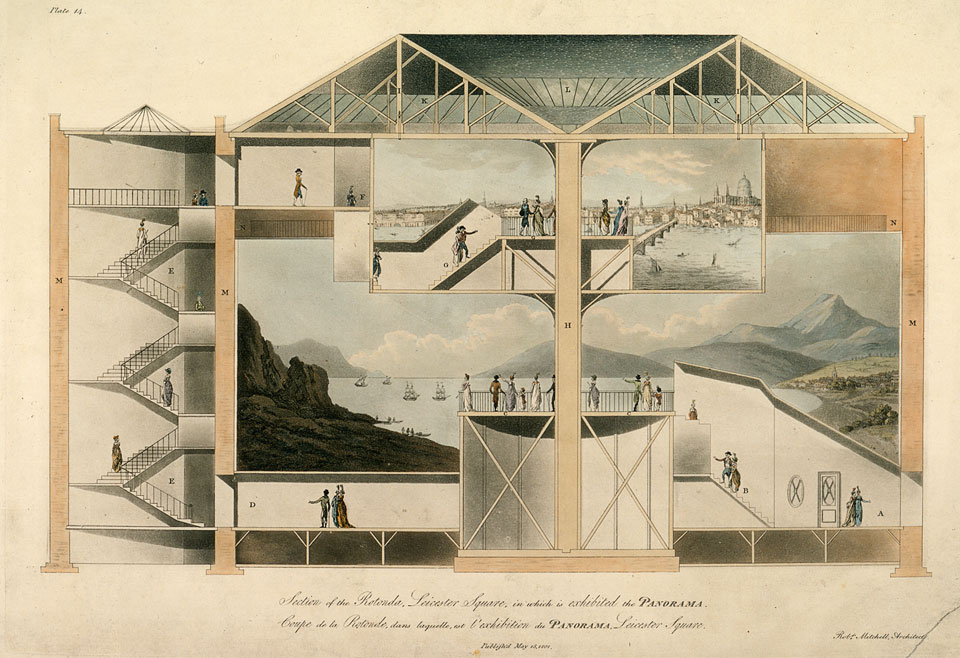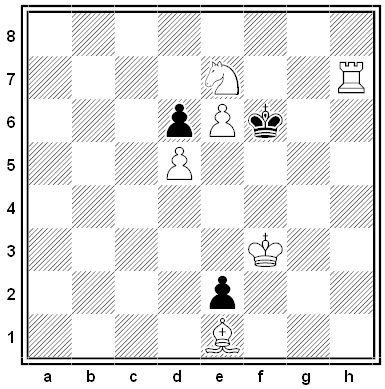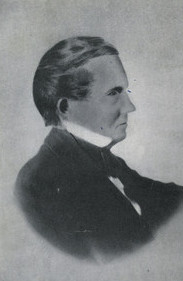The first directory of Philadelphia, published in 1785, contains some odd entries:
‘I won’t tell you,’ 3. Maiden’s Lane.
‘I won’t tell it,’ 15. Sugar Alley.
‘I won’t tell you my name,’ 160. New Market Street.
‘I won’t have it numbered,’ 478. Green Street.
‘I won’t tell my name,’ 185. St. John’s Street.
‘I shall not give you my name,’ 43. Stamper’s Alley.
‘What you please,’ 49. Market Street.
Apparently some residents, suspicious of taxation, had refused to identify themselves … so the publishers listed their responses in place of their names in the directory.
(From Notes and Queries.)





